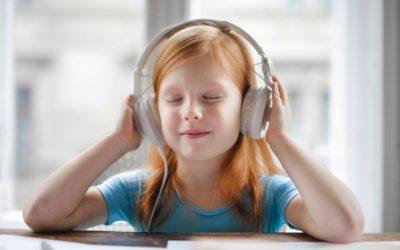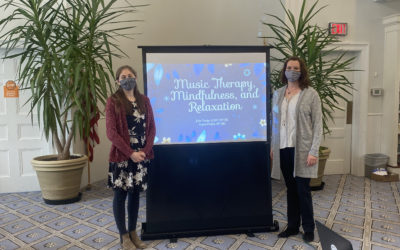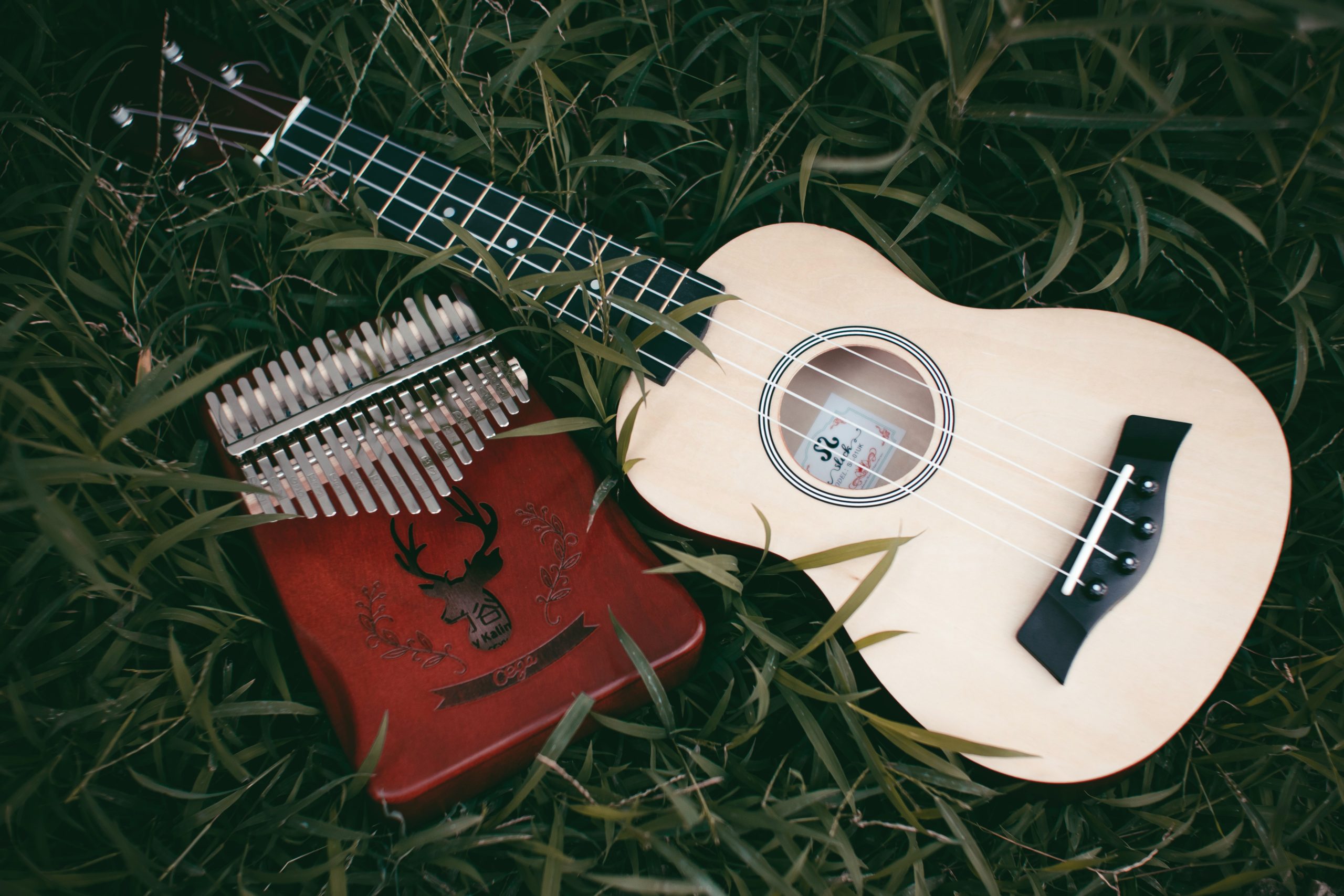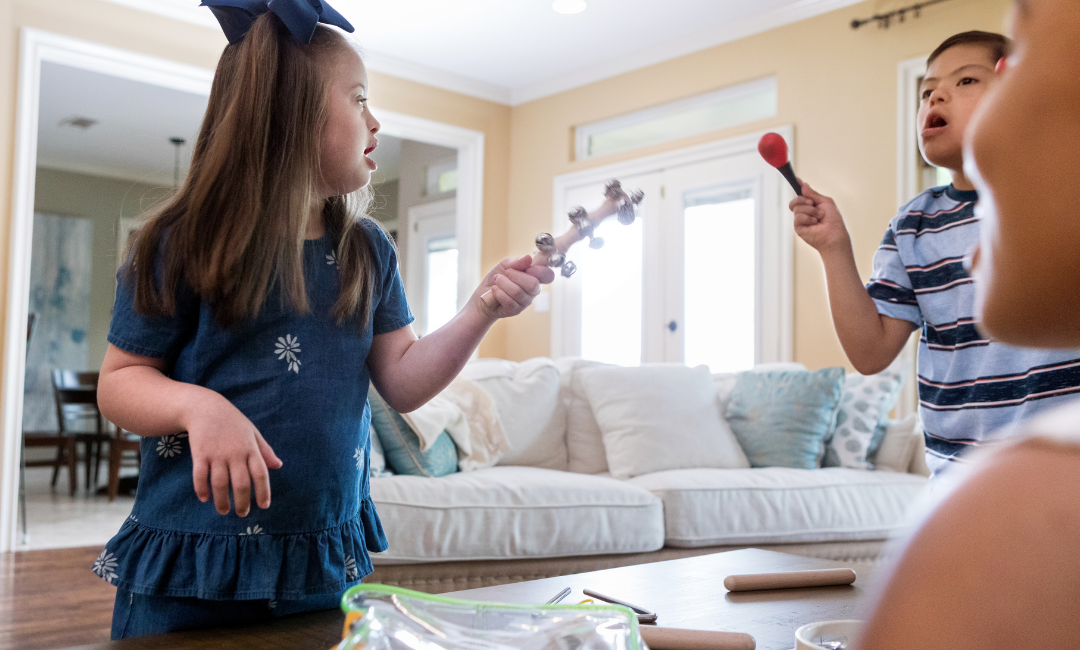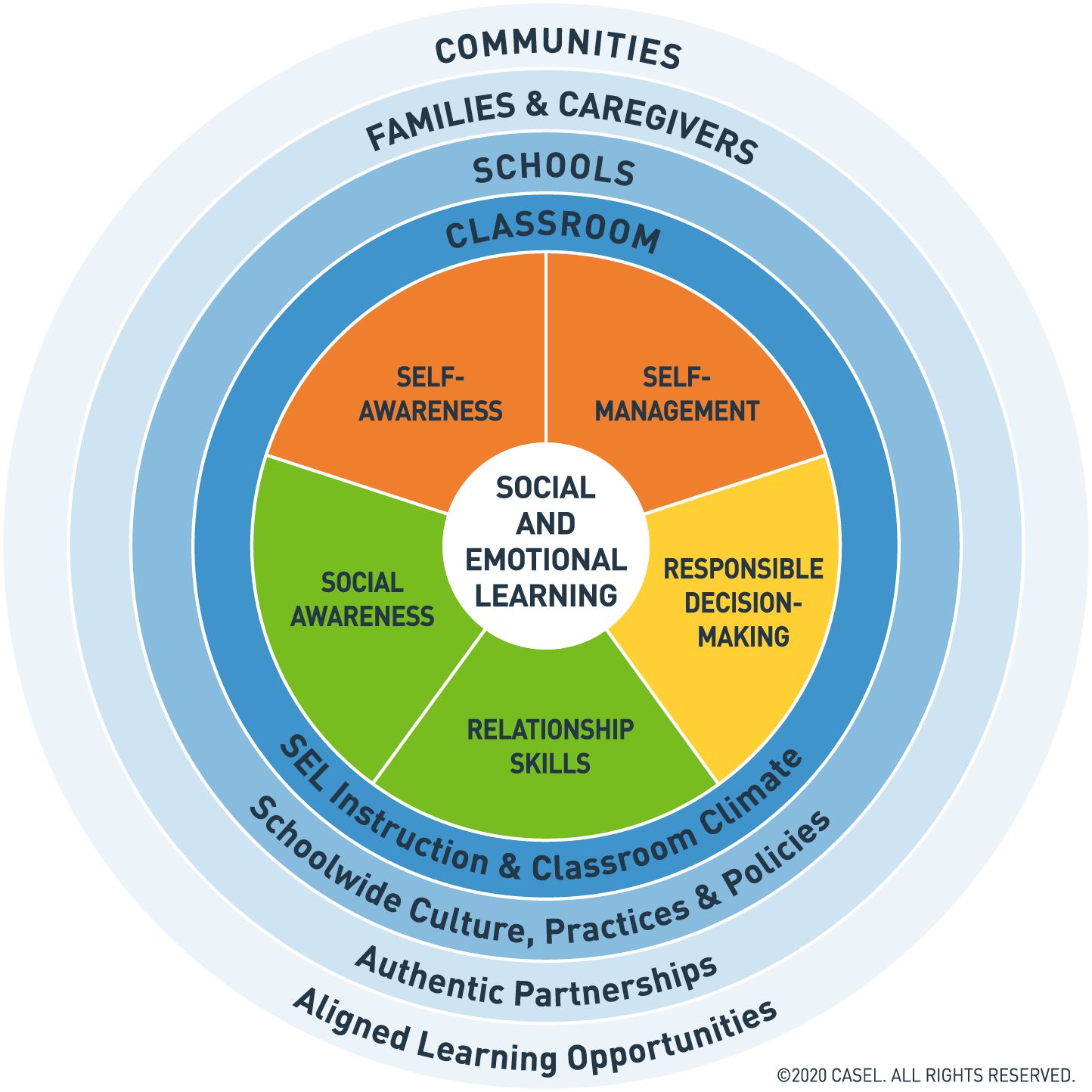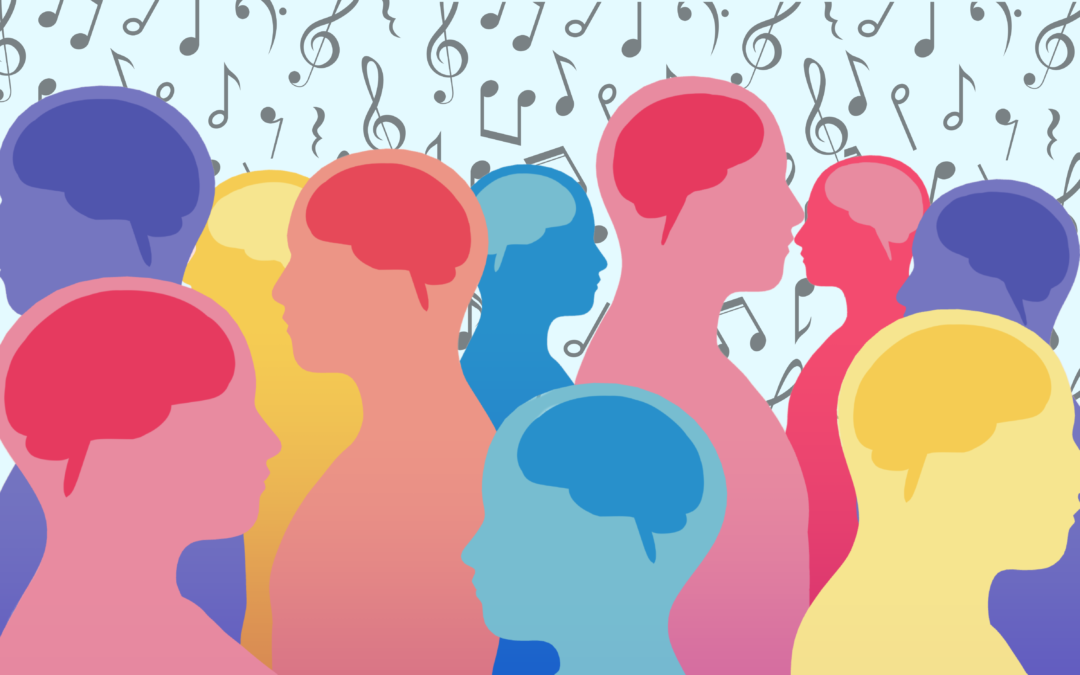Blog Written By Rebecca Szalay Do you ever notice when you are feeling down that you gravitate towards music that reflects that mood? How about when you’re excited? Do you change the music if a slow or sad song comes on because you feel happy? Music has the ability...

Should I Become a Music Therapist?
Blog written by Katie Pistilli, MT-BC
Do you love music and want to make a career of it? It might seem like music education or performance degrees are the only majors out there, but that is far from the truth. Thankfully, there is the fulfilling profession of music therapy! Aspiring music therapists, this one is for you.
Music therapy is a profession that traverses medical, education, mental health, and creative fields. You will notice some of the questions below seemingly have nothing to do with music. In time you will learn that they have everything to do with music therapy.
For those of you asking the question should I become a music therapist? We encourage you to ask yourself these questions:
-
- Do you play an instrument and have the desire to learn more of them?
- Are you drawn to the fields of psychology and neuroscience?
- Do you enjoy reading and appreciate research?
- Are you interested in learning about medical diagnosis, treatments, and procedures?
- Do you enjoy singing with a group of people?
- Do you consider yourself an empathetic person who enjoys helping others?
- Would you consider yourself supportive of the mental health field?
- Do you think music can help people learn or communicate?
- Could you see yourself working with a team of non-musical professionals (teachers, nurses, speech therapists, etc.)?
- Do you enjoy creating your own music, improvising, or songwriting?
- Do you consider music to be healing?
If you answered “yes” to a few of these questions, music therapy might be the profession for you! A music therapist must be a musician among many other things. Your creativity and drive are at the center of the process. If some of the questions felt a little out of reach, don’t worry. The beauty of learning is that it is a process, and you have all the time to cultivate the skills you need to be a successful clinician!
If you are still deciding whether to pursue music therapy, consider reaching out and talking to a practicing therapist. To get you started, we interviewed some of the music therapists on the UMTC team. They were asked the question: “Why did you become a music therapist?” Perhaps you can relate to some of their answers.
Jamie
“When I discovered music therapy as a field, I wanted to combine my love for music with my interest in the medical field and bring the joy of music to those who were going through a hard time.”
Erin
“Music was a huge part of my life in high school, and I have also always loved helping people. When I learned about the field of music therapy my senior year of high school, I realized it was the best of both worlds!”
Rebecca
“In high school, I was deciding between nursing and teaching music. When I heard about music therapy, I knew that it was the perfect marriage of using music to help others.”
Do any of these answers resonate with you? UMTC is grateful to be a part of the Rochester, NY music therapy community and beyond. We are here to answer any questions you have about our profession and educational opportunities in the area.
Stay tuned for a blog we’ll be releasing in the coming weeks called: How Do I Become a Music Therapist?
The Improve Your Mood Playlist
Current Events: Thrive to Survive Workshop
Written by Katie Pistilli, MT-BC This month, Upstate Music Therapy Center employees Erin Triola, LCAT, MT-BC and Katie Pistilli, MT-BC met a wonderful group of people through the Thrive to Survive support group. Katie and Erin conducted a workshop for Thrive to...
5 Steps to Becoming a Board Certified Music Therapist
Blog written by Katie Pistilli, MT-BC Has your passion for music and desire to help others have you leaning toward wanting to pursue a career in Music Therapy? Last month we released a blog called Should I Become a Music Therapist, where we talked about the different...

